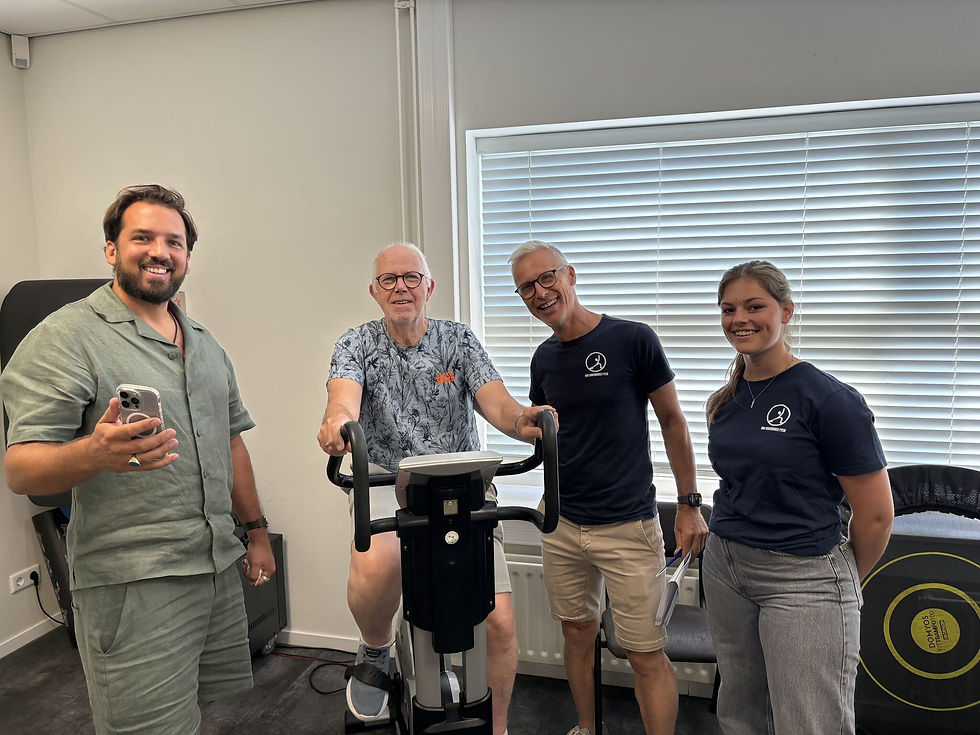Lactate thresholds
- Ramiro Alonso Salinas

- Apr 29
- 2 min read
Updated: May 1
Measuring lactate during physical exercise is essential for understanding how the body responds to effort, but what lies behind this indicator? When we exercise at high intensity, aerobic glycolysis is insufficient, and lactic fermentation takes over; an anaerobic mechanism in which the enzyme lactate dehydrogenase (LDH) converts pyruvate into lactate, releasing energy without the need for oxygen. This process prevents the accumulation of pyruvate, which would otherwise slow down glycolysis, and maintains energy supply right at the moment of maximum muscular demand. Therefore, lactate is an indirect indicator of our body's energy consumption; the higher the lactate level, the greater the energy expenditure, up to the point of exhaustion.
At rest, blood lactate ranges between 1 and 2 mmol/L, but it can exceed 20 mmol/L during extreme exertion in elite athletes, whose lactate clearance systems are adapted to such levels. To fine-tune training and prevent injuries or excessive fatigue, two thresholds are key: LT1 (~1–2 mmol/L), which marks the transition from low to moderate intensity, and LT2 (~4–6 mmol/L), where lactate production surpasses the body’s ability to clear it, and intense fatigue begins. These markers are used to predict performance in endurance events such as marathons or long-distance cycling and help adjust the tempo according to the goal. These limits are represented in the next picture.
However, the traditional blood measurement method interrupts training with painful and unpleasant finger pricks. IDRO's system revolutionises this process through a disposable Cartridge that collects sweat, measures lactate, and transmits the data in real-time to a mobile app without stopping the workout.
Below, you can see a graph from an amateur cyclist who performed an incremental test in which exercise intensity was progressively increased until exhaustion. The blood lactate thresholds LT1 and LT2 (red crosses) are clearly visible, but interestingly, these points also appear clearly in sweat lactate (blue line). The break from the baseline state is evident at LT1, rising to 3 mmol/L, continuing to increase to 5 mmol/L at LT2, followed by a sharp rise to 15 mmol/L at exhaustion. The graph also highlights the three general intensity levels the subject experienced: green for low intensity, yellow for moderate intensity, and red for high intensity.

For optimal results, it is recommended to place the IDRO device on a part of the body that naturally produces excessive sweat. In this case, we put it on the back, just below the shoulder blade, because that area tends to sweat the most. An image showing the device placement during the test is included below.

Although more studies with additional athletes are needed to refine the exact correlation between blood and sweat, this example shows the tremendous potential of IDRO's technology: continuous, non-invasive, personalised metabolic monitoring that promises to transform sports physiology and elevate performance to the next level.







